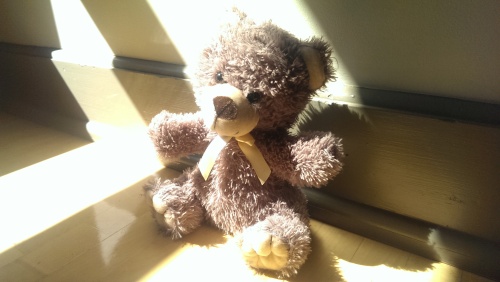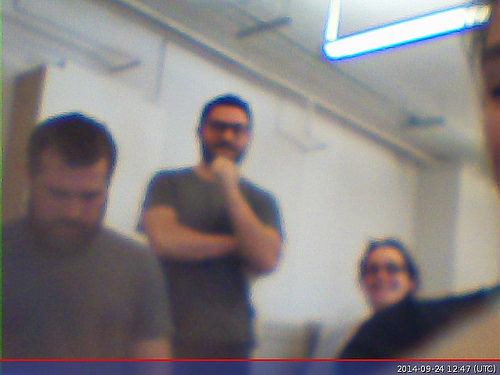Precedents
“OpenControllers” by ECAL/Marc Dubois (2014
OpenControllers ECAL/Marc Dubois from ECAL on Vimeo.
Open Controllers allows you to use your daily device as a controller of a different kind by placing it within specifically designed artifacts that embed the device and utilize its capabilities such as the gyroscope and the light detection. This project takes your physical movements and interprets them. I think this can be done with a range of patterns, which gets into the next video…
More…
“Tilt Brush” by Skillman & Hackett (2014)
This is a lot more similar to what I want to to, except that I also am interested in the painting becoming three-dimensionalized as you are painting. Not that I intend on doing that exact thing…I just mean to draw a parallel. The gestures here looks swift and intuitive if it’s real, and the interface is quite honestly very confusing but maybe that’s because I’m not aware of the gestures it uses. Assuming this is true, I think this is the future of design through tangible interaction.
“3Doodler” by Pete and Max (2013)
This project does a lot of what I am hoping to accomplish with its ability to prototype quickly and efficiently without having to prepare ahead of time what will be made.
“3D Printed Blooming Flowers” by Mikaela Holmes (2014)
This kind of movement is exciting as a less mechanical way to actuate an artifact. I wonder how it could be applied at a more complex or responsive level.
I think these videos show the progression of my thoughts on the final project quite well. I want to be able to design something indirectly by using a tool, not unlike how surgeons now use robots to do the actual surgery. I am struggling to know the scope I am capable of, and coming up with a good project idea to make it happen. Something I had thought about is using my surface as a tool to communicate with a CNC robot to fabricate sketches drawn in real time on the surface.




